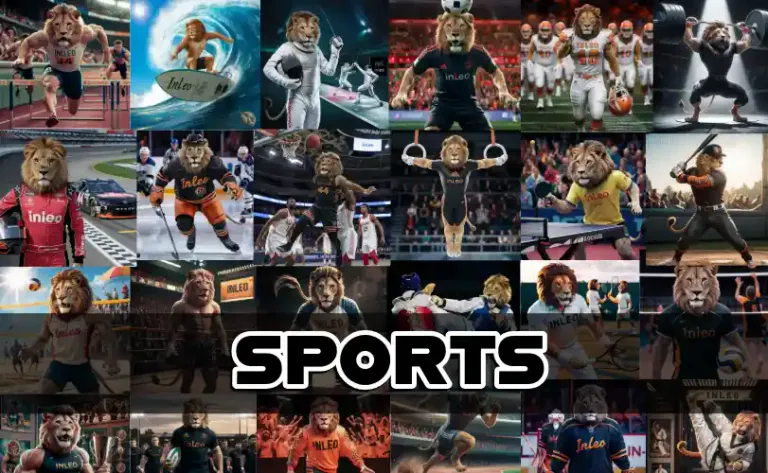Welcome to the daily sports #threadcast! Here we will discuss, follow and share all the news from the sporting world.
We want to make #inleo the premier destination for the #sports community by establishing the Leo platform as the hub for sports updates
Edition #155
December 12

!summarize
!summarize
!summarize
!summarize
!summarize
!summarize
!summarize
!summarize
!summarize
!summarize
!summarize
!summarize
!summarize
!summarize
!summarize
!summarize
!summarize
!summarize
!summarize
!summarize
!summarize
!summarize
!summarize
!summarize
!summarize
!summarize
!summarize
!summarize
!summarize #caitlinclark #wnba
!summarize #juansoto #nymets #mlb
Bill Belichick's bleak NFL outlook behind UNC shocker: 'Burned a lot of bridges'
UNC announced Wednesday that Bill Belichick will be its next football coach.
With the dust still settling on Bill Belichick’s stunning decision Wednesday to join the college football ranks as head coach of the North Carolina Tar Heels, many are still trying to wrap their heads around the latest chapter of the eight-time Super Bowl winner’s storied coaching career.
In a piece published Thursday by The Athletic, some league executives suggested that Belichick — who spent 24 years at the helm in New England and won six Super Bowls — would be far from a shoo-in candidate as the NFL hiring cycle approaches and that likely influenced his college decision.
#billbelichick #nfl #unc #coaching #ncaa #football
“[Belichick] burned a lot of bridges over his career,” a high-ranking team exec told The Athletic.
As of Thursday, there are three openings after the Bears, Jets and Saints parted ways with their coaches midway through the 2024 season.
A team currently seeking a coach “had already ruled out the idea of interviewing Belichick,” a league source told The Athletic.
ESPN added that those around Belichick had decided the Bears were the most intriguing option of those three, but that Chicago was more likely to go with an offensive-minded choice for QB Caleb Williams — such as Lions coordinator Ben Johnson.
The Jets, with whom Belichick infamously resigned as head coach on a napkin in 2000, “were never considered a possibility.”
!summarize #nikolajokic #nba #nvp #basketball
!summarize #google #ai #vision #spacex #starship
!summarize #ryanclifford #nymets #prospects
!summarize #Redsox #boston #mlb
!summarize #ufc #wee #ariemanuel #investing
!summarize #tomthibodeau #nyknicks #nba #officiating
!summarize #nyjets #nfl #aaronrodgers #quarterback
!summarize
#jalenbrunson #traeyoung #nyknicks
!summarize #nymets #petealonso #mlb
!summarize #billbelichick #unc #football #coaching #ncaa
!summarize #lalakers #nba #lebronjames
!summarize #nymets #freeagency #mlb
!summarize #kyletucker #corbinburnes #redsox #nyyankees #boston #mlb
!summarize #lalakers #losangeles #lebronjames #nba
!summarize #losangeles #sandiego #padres #dodgers #mlb
!summarize #neworleans #pelicans #zionwilliamson
!summarize #stephenasmith #lebronjames #lalakers #nba
!summarize #nba #tnt #media